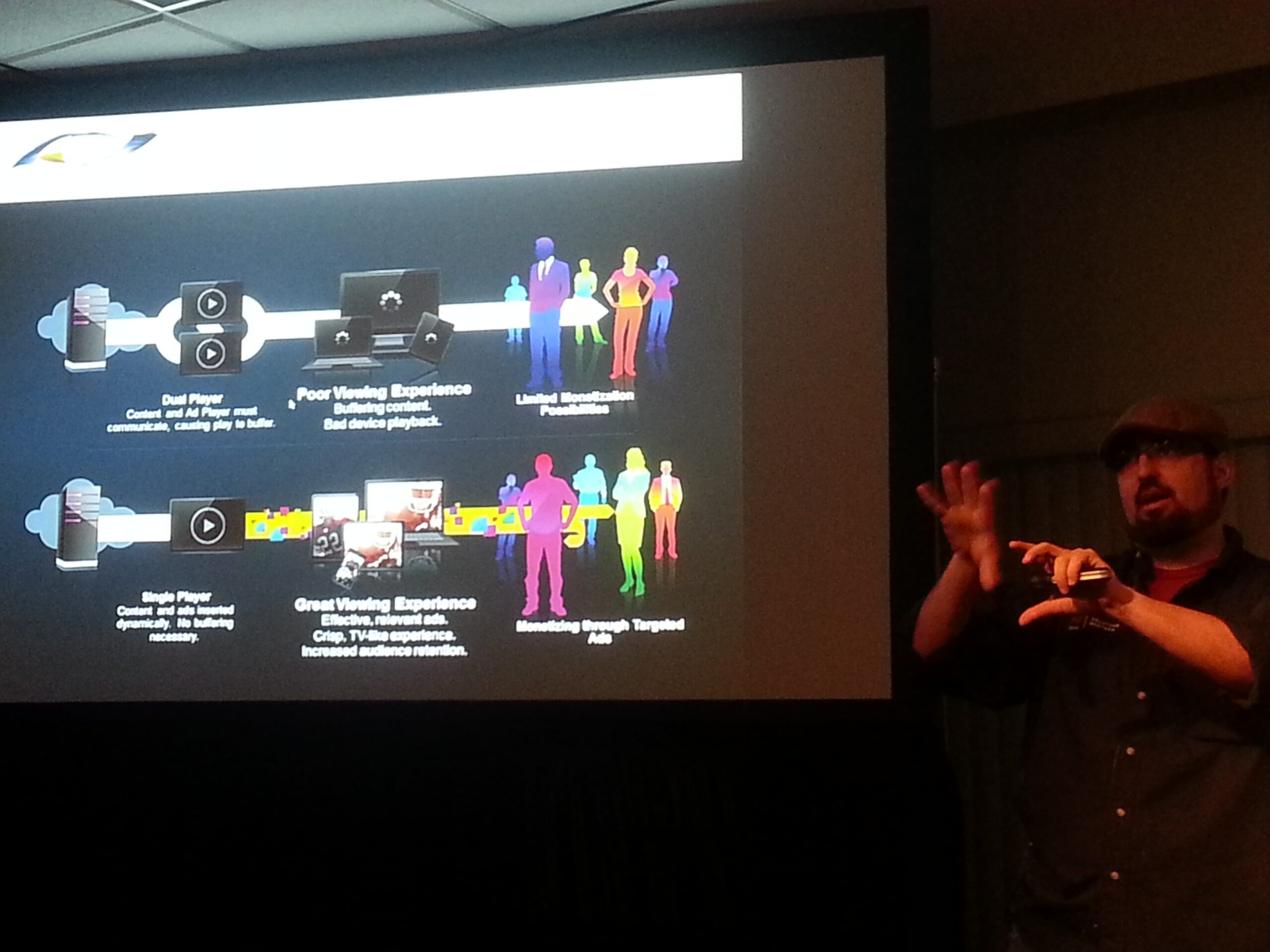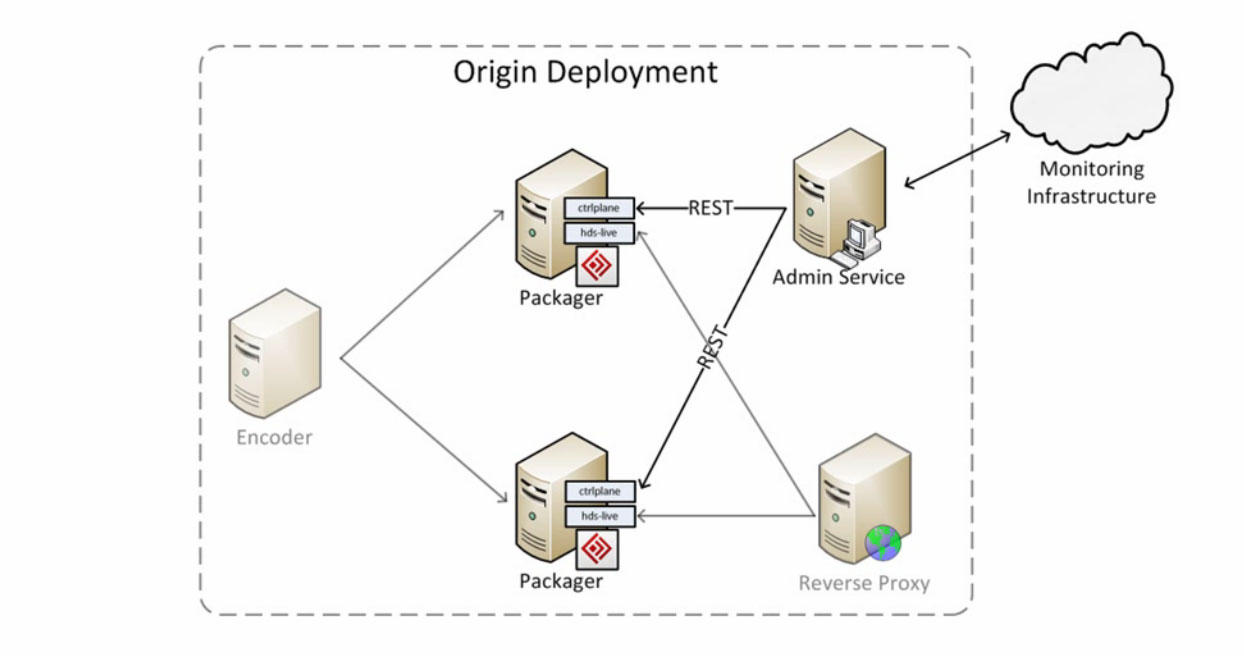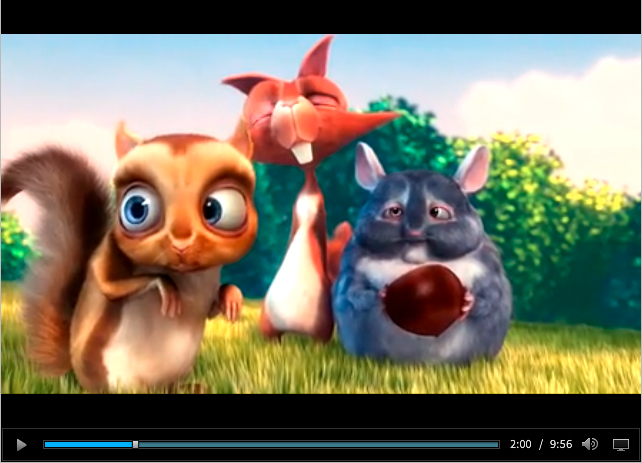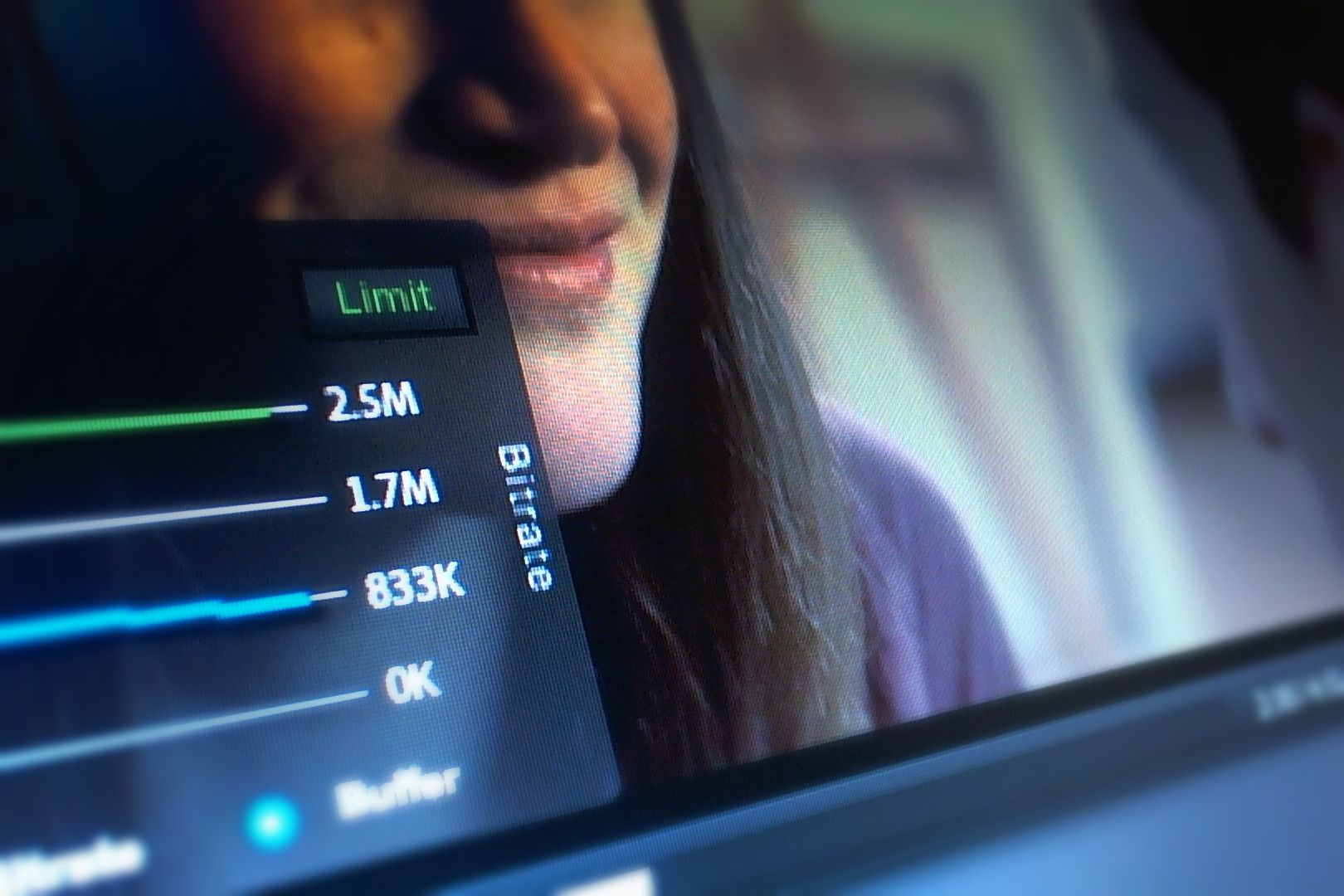
Adobe Media Server 5 features support for closed captioning. But why is it important, and what are the options?
Why closed captioning?
This year accessibility with closed captioning became a critical component for online video with the The Twenty-First Century Communications and Video Accessibility Act (CVAA).
The Twenty-First Century Communications and Video Accessibility Act of 2010, was passed by the United States House of Representatives in July 2010, and was signed by President Barack Obama on October 8, 2010. The Act requires, in part, for HDTV-decoding set-top box remotes to have a button to turn on or off the closed captioning in the output signal. It also requires broadcasters to provide captioning for television programs redistributed on the Internet. [via Wikipedia]
More importantly a critical date for implementing support was September 30, 2012.
September 30, 2012: Pre-recorded video programming that is not “edited for the Internet” must be captioned on the Internet if it is shown on TV with captions on or after September 30, 2012. [via FCC]
FCC provides more detailed information on captioning of internet video on their site – it’s not impacting content that was created for the Internet, but captioned, unedited TV content distributed over the Internet.
Why 608/708?
608 closed captioning is also referred to as line 21 as part of the NTSC signal in the broadcast world, while 708 is the extended version with better character support and more features. CEA-708 captions are injected into MPEG-2 video streams in the picture user data.
So why 608? It’s simple – iOS support. HLS on iOS only supports 608 closed captioning.
What does Adobe Media Server 5 do?
Adobe Media Server provides 3 ways to take advantage of 608/708 CC.
How to render closed captions?
Adobe Media Server customers have access to an OSMF plugin to read the data, and display the closed captions for Flash Player/AIR based clients, while iOS has support in its native video player and can interpret and display 608 CC data.
You can find more information in the official Adobe Media Server 5 closed captioning documentation, on the Adobe Accessibility blog, and the Adobe Media Server product page.
































